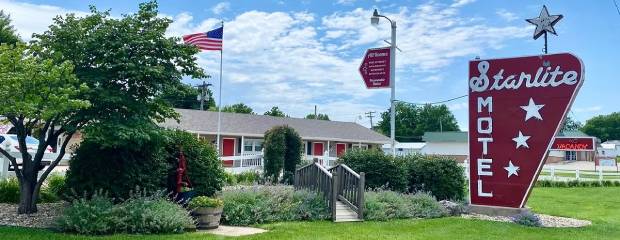Bad Bunny’s residency in Puerto Rico significantly boosted the local hotel industry, with notable increases in occupancy and revenue, particularly during shows open to the general public.
Bad Bunny’s recent residency at the José Miguel Agrelot Coliseum in San Juan, Puerto Rico, has had a substantial economic impact on the local hospitality industry. The residency, which spanned from July 11 to September 14, consisted of 31 shows and reportedly injected approximately $200 million into the local economy. This influx was particularly beneficial for local hotels, which experienced a notable improvement in performance metrics during the residency period.
Locals-Only Shows: Limited Impact on Hotels
The residency began with a series of shows exclusively for island residents, running from July 11 to September 20. These locals-only events, while popular, did not significantly boost hotel revenues. Revenue per available room (RevPAR) remained flat or declined on most locals-only show dates. Occupancy rates increased modestly, with a 3.3% rise across Puerto Rico and a 4.1% increase in San Juan. However, the average daily rate (ADR) remained generally flat or declined year-over-year during these events, indicating a limited financial impact on the hotel sector.
General Public Shows Drive Hotel Performance
In contrast, the 21 shows open to the general public had a pronounced effect on hotel performance. These events led to a 24% year-over-year increase in occupancy on show days. The residency coincided with a traditionally low-demand period for Puerto Rico, aligning with hurricane season and the transition from late summer to fall. Despite this, ADR saw significant growth, with a nearly 20% increase in San Juan and a 12.5% rise across the island. The final weekend of shows, particularly on September 14, saw a 74.7% lift in RevPAR, marking the peak of hotel performance during the residency.
High-End Hotels Reap Greater Benefits
The demand generated by Bad Bunny’s residency was most pronounced in the San Juan submarket, where higher-end hotels experienced the greatest benefits. Occupancy growth during locals-only shows was concentrated in Upper Upscale and Luxury properties, a trend that continued with the general-public shows. These high-end hotels saw a 35% year-over-year increase in occupancy, while ADR increases were consistent across different hotel classes, ranging from 17% to 18%.
Weekday Occupancy and Revenue Gains
The impact of the residency extended beyond the weekend show days. From August 1 to September 20, non-show day occupancy grew by 6.7%, although ADR remained flat compared to the previous year. Overall, during the residency period, hotels benefited from an additional 69,010 room nights and $16.5 million in revenue, based on baseline growth models.
Future Implications and Super Bowl Considerations
Looking ahead, while Super Bowl hotel demand is typically not influenced by the halftime performer, Bad Bunny’s upcoming performance is expected to draw significant attention. With the artist unlikely to tour in the U.S. soon, his Super Bowl appearance is anticipated to attract considerable interest, potentially impacting hotel demand in the host city.
Discover more at STR.
















